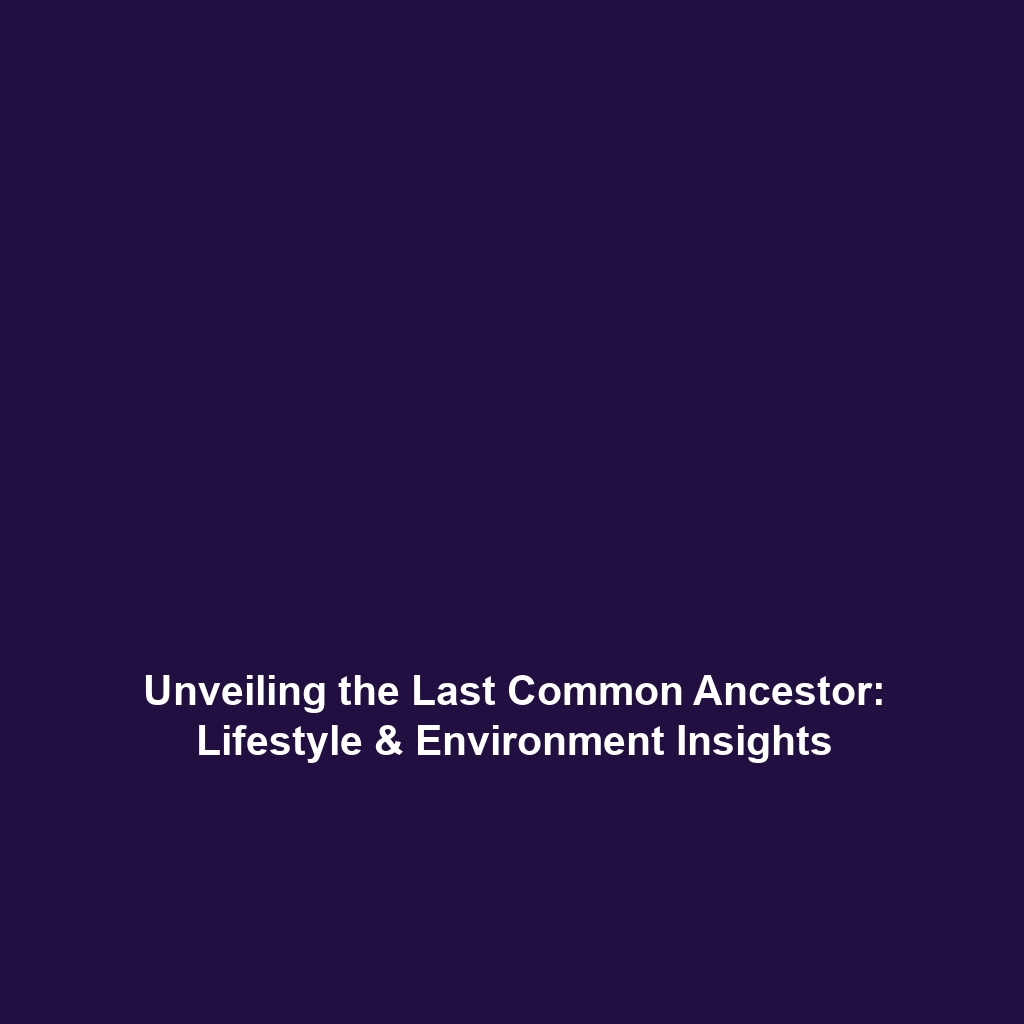Discovery: Sahelanthropus in Chad
Introduction: The discovery of Sahelanthropus tchadensis in Chad has profound implications for the study of human evolution. Dating back around 7 million years, this hominin species provides critical insights into the early stages of human ancestry. As the potential oldest known hominin, Sahelanthropus challenges established theories about the origins of the human lineage, positioning itself as a key player in the narrative of our evolutionary past. Understanding this discovery is not just about tracing back our roots; it’s about re-evaluating the evolutionary process itself.
Key Concepts
Sahelanthropus offers several key concepts that are foundational in the field of human evolution:
- Hominin Classification: Sahelanthropus is crucial for understanding the divergence between chimpanzees and humans, highlighting the potential traits that our ancestors may have possessed.
- Physical Characteristics: The species exhibits a mix of ape-like features (such as a small brain) and human-like traits (including a relatively flat face). These morphological characteristics indicate a possible bipedal locomotion.
- Environmental Context: The fossil evidence suggests that this hominin lived in a mix of forest and savanna habitats, contributing to discussions on how habitat influenced early human evolution.
Applications and Real-World Uses
Understanding the significance of Sahelanthropus holds various implications:
- How Sahelanthropus Informs Human Evolution: Its discovery has sparked renewed interest in the study of human ancestry and anthropological methods.
- Applications of Paleoanthropology: Insights gained from studying Sahelanthropus assist in reconstructing ancient ecosystems, informing conservation efforts and understanding biodiversity in relation to evolutionary processes.
Current Challenges
The study of Sahelanthropus faces several challenges:
- Incomplete Fossil Record: Limited skeletal remains make it difficult to fully understand the species’ anatomy and behavioral patterns.
- Debates among Researchers: Controversies exist regarding the classification of Sahelanthropus and its place in the hominin family tree.
- Funding and Resources: Continued research requires significant financial and institutional support to conduct fieldwork and analysis.
Future Research and Innovations
Upcoming research could focus on:
- Advanced Dating Techniques: Innovations in radiometric dating methods may provide more precise timelines for Sahelanthropus.
- Genetic Analysis: Future technologies may allow scientists to extract DNA from ancient remains, enhancing our understanding of genetic links.
- Interdisciplinary Approaches: Collaborations among anthropologists, geologists, and ecologists could yield new insights into the environmental adaptations of early hominins.
Conclusion
In summary, the discovery of Sahelanthropus in Chad, dating back approximately 7 million years, opens new avenues for understanding human evolution. Its implications are far-reaching, challenging existing paradigms and calling for further exploration in paleoanthropology. Researchers encourage ongoing investigations into this pivotal species. For more insights into human evolution, visit our articles on early hominins and evolutionary biology.



